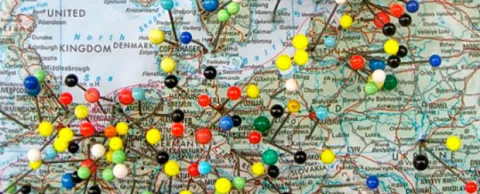
The ability to collect and analyze location information can open a treasure trove of insights that smart cities can use to make their communities more livable. For cities that haven’t already started using this data, a new white paper can help them ramp up quickly.
The Open Geospatial Consortium, a Council Advisor, has just published its OGC Smart Cities Spatial Information Framework, which serves as a starting point for cities. The organization, which is an international industry consortium of more than 500 companies, government agencies and universities, says cities need to make more and better use of that data as the world becomes increasingly urbanized.
OGC says spatial data, organized around location and time, can drive powerful services, analytics and decision making, but without a solid framework in place, it can also be difficult, if not impossible, to use. The usefulness of that data depends on communication. Communication can only occur when everyone who collects and uses that data agrees on how it’s encoded and accessed. The framework helps cities understand the need and the process of developing standards naming and ordering conventions.
This data forms the very heart of geographic information systems (GIS), which are proving valuable to cities able to use them effectively. The Smart Cities Council Readiness Guide, which is also a free resource, provides a number of success stories, including examples where cites have used the data to improve traffic flow, reduce crime and maximize their water infrastructure.
The OGC white paper, like the consortium, emphasizes open standards, including OGC CityGML, IndoorGML, Moving Features, and Augmented Reality Markup Language 2.0, which the OGC says are key to driving interoperability and efficiency in such projects. It discusses mobile location communication, 3D urban models, building information models, indoor navigation, augmented reality and sensor webs, as well as changes in the industry that should factor into planning.
More resources …
How GIS helps cities stretch limited water supplies
City Government Raises Staff Productivity and Taxpayer Value with Mapping Solution



